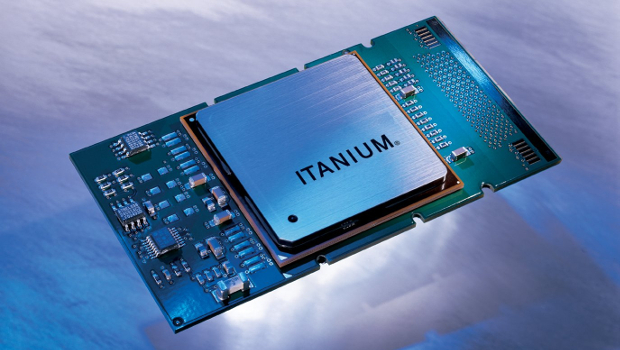Intel's fabled Itanium refuses to die, but the end is probably near — deprecation of IA-64 support is back on the chopping block in GCC version 16
Open-source developers are considering ending IA-64 support again, this time for the next iteration of GCC.

After a revival last year, support for Intel's Itanium IA-64 architecture is back on the chopping block for the Linux GNU Compiler Collection version 16 (GCC 16). Phoronix reports that Linux developers are discussing the deprecation of all remaining Itanium IA-64 compiler code in the next iteration of GCC in a mailing list thread.
Itanium IA-64 support is a mess in the Linux compiler right now. The GCC test suite has reportedly not been run against the architecture in a year, and there is no active maintainer for the IA-64 codebase. The cherry on top is that emulation of IA-64 instructions is slow and incomplete, and hardware support is becoming exceptionally rare as Intel discontinued the architecture back in 2021.
All of the aforementioned facts are making it difficult for developers to find a legitimate reason to keep Itanium support in the Linux compiler.
Before the debut of GCC 15, Linux developers were already considering nuking Itanium IA-64 compatibility. However, open-source developer René Rebe saved IA-64 support and is apparently the only person keeping it alive right now. Full Linux kernel support for Itanium hardware was dropped two years ago, starting with Linux 6.7.
Itanium was a datacenter-focused CPU lineup that debuted in 2001. The CPU architecture was built in joint partnership between Intel and HP, featuring a proprietary 64-bit architecture, IA-64, that used a Very Long Instruction Word (VLIW) approach that tried to identify opportunities for instruction-level parallelism at the compiler level.
Despite years of promotion and hype, the IA-64 architecture never gained serious traction in the market. IA-64 was too difficult to implement while maintaining competitive performance compared to other architectures, including traditional 32-bit x86 architectures, which IA-64 was designed to replace. Once AMD's x86-64 extension to the 32-bit x86 instruction set came out, the entire industry adopted it instead due to its x86 roots and its native backward compatibility with 32-bit apps.
Despite its struggles, Intel kept producing Itanium-based processors all the way up to 2021. The first generation of Itanium chips, codenamed Merced, launched in 2001, featuring a single processor core, up to 4MB of L3 cache, and a max clock speed of 800MHz based on a 180nm process node. The final Itanium 9700 Kittson series featured a mixture of quad-core and eight-core models operating at up to 2.6 GHz.
Get Tom's Hardware's best news and in-depth reviews, straight to your inbox.
Follow Tom's Hardware on Google News to get our up-to-date news, analysis, and reviews in your feeds. Make sure to click the Follow button.

Aaron Klotz is a contributing writer for Tom’s Hardware, covering news related to computer hardware such as CPUs, and graphics cards.